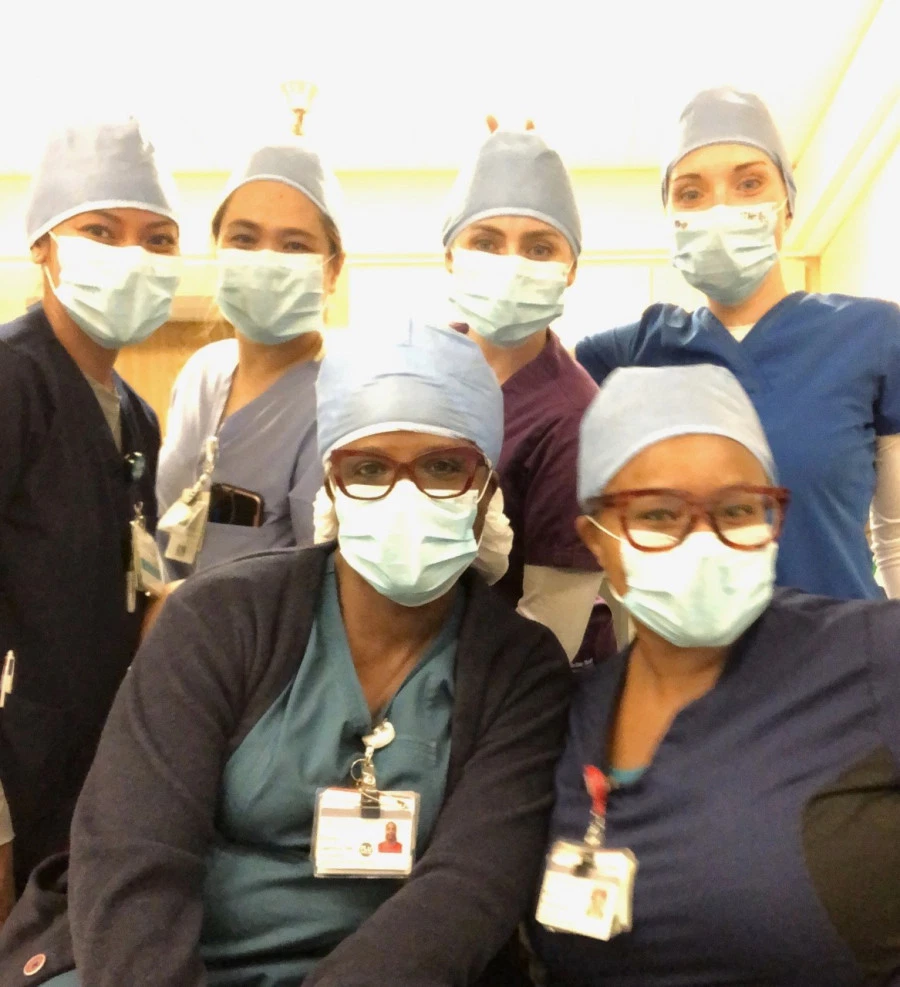A RANT ON THE MEDIA…IS A RANT FOR THE TRUTH!
- TLALOCO
- Apr 13, 2020
- 5 min read
Our new Age of Instant Media is characterized by immediate and direct access to one's work, social network, news media, and entertainment.
This new age of communication is via computers, smart phones, tablets, TV and radio.
As a result, many of our real, imagined or potential threats from everyday stressors, episodes of inhumane, heartbreaking and even violent acts are readily accessible via dynamic cyber portals.
This Instant Media access, by its very nature, can create an illusion of an interconnection between potential harms and artificially inflate one's sense of risk. The convenient packaging of these perceived risks on mobile devices increases the bombardment of our senses. Yet we don't make time to assess the message.
In most cases, we are fed prevailing wisdom that is, more often than not, coupled with tactical manipulations that occur through external factors (I.E. political/economic agendas) or internal cues (i.e., our explicit and implicit bias). This can create a false feeling of fear, anxiety, or worry. And, in some instances, incoherent rage against others.
So how can we process the seemingly unending assault on our psyches? How do we maintain our psychological well-being – that, may not be “normal” to begin with?
Well, we got real answers to all your hidden fears and unhinged anger right here in this one PuroChisme post.
De verdad! No lies here ese! Pay attention, porque it gets intellectually deep with knowledge nuggets spilling out all over the page, como un garbage truck at a dump site!
You see, there’s this thing called CHANGE. We can all agree that change can be better or worse. But our media maniacs in the news routinely focus on the negative. They have no choice, because it drives viewership, which in turn, drives revenue. Everyone needs to make a buck or two, even in a crisis.
What do reporters and journalist mean when they say, “Things have changed for the worse.” Generally, they mean that something has deteriorated, gone bad, or declined. And we are getting grisly reminders of what is “worse” about the pandemic via daily reports of death counts, unsure timelines, and unknown or non-existent remedies. For news journalism the adage "If it bleeds, it leads," has been the norm but even more so now.
Our social-media "positivity" have been tidbits of the pandemic recovery efforts or Do-it-Yourself remedies. You know the ones, inventive face-masks, stay-at-home family games, humorous "how-to" posts on surviving isolation, and displays of heroic work by all the “essential workers” in harm’s way. Led by health care professionals who continue to care for the critically ill and the Covid-19 patients.
If we had a balance of good and bad CHANGE, it could be argued that our Instant Media is a blessing for the psyche...hmm, maybe, not, when you can't even find toilet paper!
Psychologists Amos Tversky and Daniel Kahneman maintain that "people estimate the probability of an event or the frequency of a thing by the ease with which instances come to mind."
Today, what events or "things" easily come to mind? Social-distancing, covered faces, home supply shortages? Those aren't positive change benchmarks, they are real-life consequences of a deadly virus. What drives our psyche when we see it's impact at the empty market shelves or on television - the empty theaters and auditoriums where crowds once attended? How do we feel?
It is emotion that drives us most of the time. Studies have shown a correlation between time spent on social media apps and depression, especially among young people who are "hardwired" for socialization,"It feels good to be 'liked' and the herd mentality is big on social media. Like what others like...and you’re in!"
Even the strong-minded among us fall victim to Instant Media. The problem for all of us, is that we don’t process the good or bad changes in our lives or society the same way. If we did, we wouldn’t have had all the sociopolitical mierda (Remember them? Immigration, politics, Race Relations, #Metoo movement) slapping us in the Cara before the pandemic came to roost. Instead, many of us depend on our trusted Instant Media to spell it out for us…in easy to understand 30-sec clips.
30-sec clips, are like using Cliff notes (those trusty cheat sheets) before a test – you may have passed, but you really didn’t learn a damn thing! Or like, watching a YouTube Video (Disclaimer, I do this a lot for learning new songs) to bake a cake or make chile rellenos – It might work, but it just doesn’t taste like Mama’s recipe!
So, how can we depend on Instant Media for the truth? The truthful answer is we can’t! There is no 30-sec clip answer to that question because it will demand more of your time!
You see, we get a lot of half-truth’s in the news. Some call it “fake news.”
You are familiar with the explicit stuff – the scammers and click-bait online. But it’s the rest of the Instant Media news that drives much of our conversations lately.
For example, the “Corona” threat – I don't mean when Grupo Modelo stopped beer production. We are speaking about the actual (real) threat posed by the virus to millions of Americans. It is being debated non-stop and for good reason.
We all want answers. But if we tie our understanding to only 1-3 sources for the “truth” what does that say about our willingness to learn and comprehend the facts from the fiction? Because there is so much we don’t know, that we need to learn about this pinche pandemic. The more we learn, the more informed we can be. For us, our family, our friends and the community.
So why aren’t we reading more? Instead of just watching 30-sec clips on TV or five minutes of mierda online. Shouldn't we always seek alternative sources on topics and issues? See what different writers, authors and investigative journalists are saying across a broad spectrum of thought, so our views are better enlightened from both the soothsayers and naysayers.
Local news seems to regurgitate what the international news stations report...CNN, NBC, FOX, BBC, etc. A info-graphic created by Jason at Frugal Dad shows that almost all media comes from the same six sources. That's consolidated from 50 companies that existed back in 1983.
Que, que? Yep, that's correct, 90 percent of what we read, watch and listen to comes from six corporations: GE [NBC], News Corp [FOX], Disney [ABC], Viacom, Time Warner [CNN] and CBS. Whose interests do they represent? Consumers or shareholders? Can you name a few independent news sources? They do exist. You just need to...want to find them!
We love PuroChisme...but the whole spectrum of TRUTH, can set our minds free!
Órale, no seas huevon ese! Tu tambien esa! We know you're hungry for truth!
FEED YOURSELF by researching sources, reviewing information and
READING MORE!
Excerpts from:










Comments